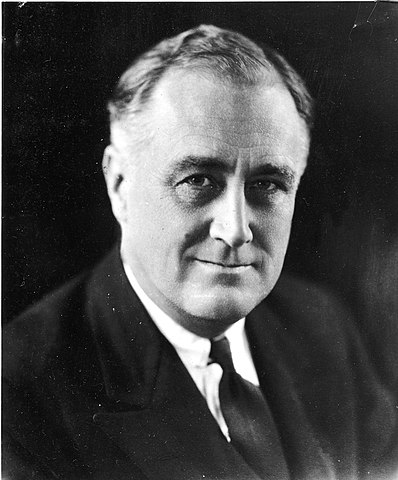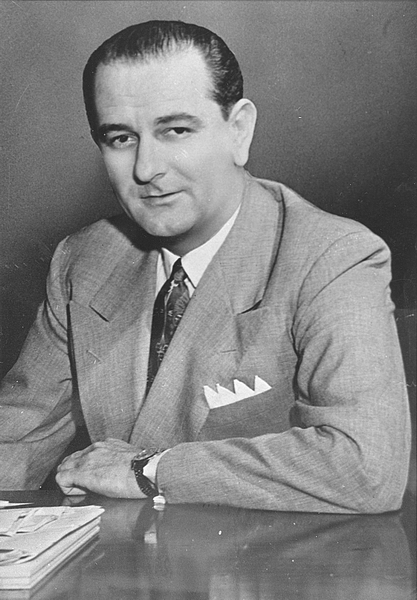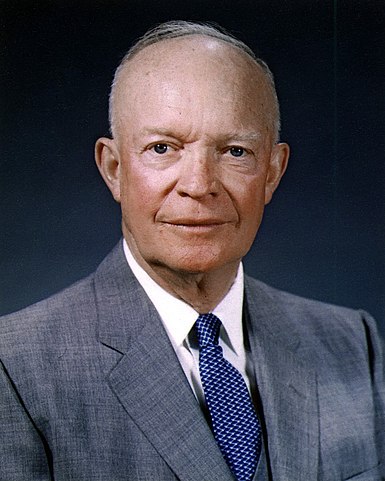Thande
Donor
I haven't posted one of these for a while, but I just had a notion. Some may recall a while back that Meadow and Roem did a very amusing TLIAD called "Shuffling the Deck", about Britain having the same people as its postwar Prime Ministers but in a different order. They also referred to the US having the same situation with its presidents, but that was just a background gag and the implied list didn't make that much sense even given the slight suspension of disbelief that a 'fun' TLIAD of that type deserves. But then that wasn’t the main focus of their TL. To that end, I decided to shamelessly steal their concept and see if I could come up with my own shuffled list of American Presidents.
To recap, the point of 'shuffling the deck' is to have the same people as leaders but in a different order, a timescale at least somewhat plausible (i.e. nobody becoming leader when they're sixteen or ninety-four...though I'm sure somebody will now cite OTL examples of that) and, crucially, their public reputations are very different from, and sometimes the opposite of, their OTL ones. For example on Meadow and Roem's original (which I would urge you to take a look at via the link above if you hadn't already), Gordon Brown is charismatic and popular while Thatcher had a Kim Campbell-like short and disastrous term full of missed chances.
With that out of the way, here is my take on Shuffling the Deck USA. I don’t have time to write a TLIAD right now, so this will have to just be a TLIACOH (TimeLine In A Couple Of Hours) with a paragraph or two after each President.
To recap, the point of 'shuffling the deck' is to have the same people as leaders but in a different order, a timescale at least somewhat plausible (i.e. nobody becoming leader when they're sixteen or ninety-four...though I'm sure somebody will now cite OTL examples of that) and, crucially, their public reputations are very different from, and sometimes the opposite of, their OTL ones. For example on Meadow and Roem's original (which I would urge you to take a look at via the link above if you hadn't already), Gordon Brown is charismatic and popular while Thatcher had a Kim Campbell-like short and disastrous term full of missed chances.
With that out of the way, here is my take on Shuffling the Deck USA. I don’t have time to write a TLIAD right now, so this will have to just be a TLIACOH (TimeLine In A Couple Of Hours) with a paragraph or two after each President.



